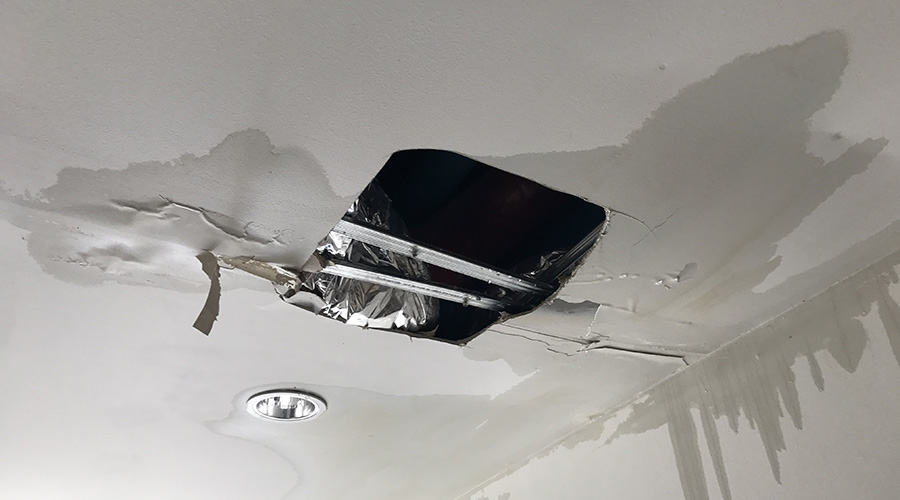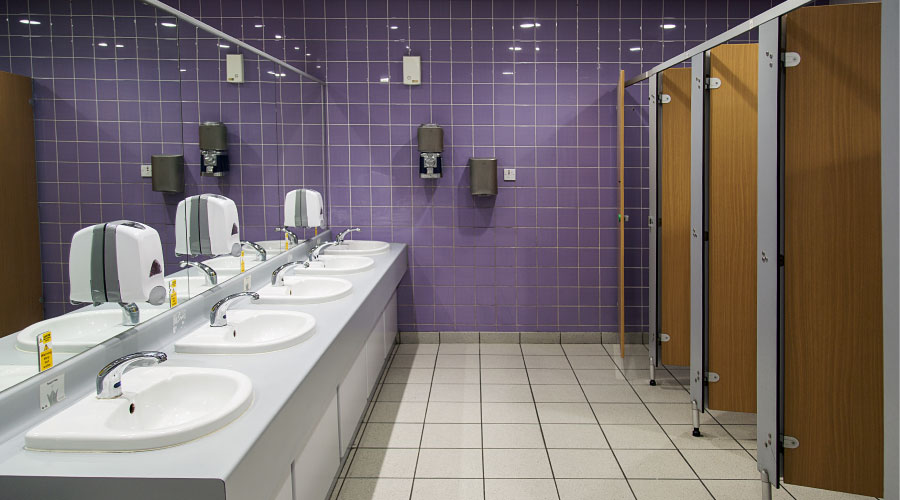Equipment Considerations for Piping Systems
Once managers have a deeper understanding of their facilities' piping systems and technicians' skills, they can begin the task of specifying drain-cleaning equipment that will keep the system flowing efficiently.
"To decide what type of equipment to use, you need to look at the types of stoppages you'll encounter," Silverman says. "If the stoppages are in kitchens or food-processing areas, you might need a water jet instead of a snake. Grease sticks to the walls of the pipe (in these areas), making it harder for a snake to clear. High-pressure water jets flush the grease out of a line for a real cleaning job.
"It's hard to get a snake through a drum trap in a shower. The better way is to use a water ram. It uses a burst of compressed air to create a shock wave that quickly clears the blockage. For clogged toilets, nothing beats a closet auger. If multiple drains are clogged all at once, the problem is likely to be the main line leading to the street or septic system. For that, you'll need a larger root-cutting machine. If this happens only once in a while, then bring in a contractor. But if you have a large campus with many buildings, it will pay to buy a machine instead."
The choice of drain-cleaning equipment also will depend to some extent on the type of facility in which it will be used.
"You also need to understand what kind of work area you're working in," Schaeper says. "If you are using a drum machine, those typically are used more in facilities because they are a little bit cleaner in the footprint needed when operating the machine. They are a little bit smaller than sectional machines. All the cable is housed in the drum, and when you pull it back out, all of the waste and the debris that you pull up is going to be pulled back into the drum. With a section machine, you have cable that you're pulling out, and there's no drum to hold the water or debris that you're pulling back out. In a business setting or a facility, where there are people around, the drum machines tend to be more popular."
Related Topics:














